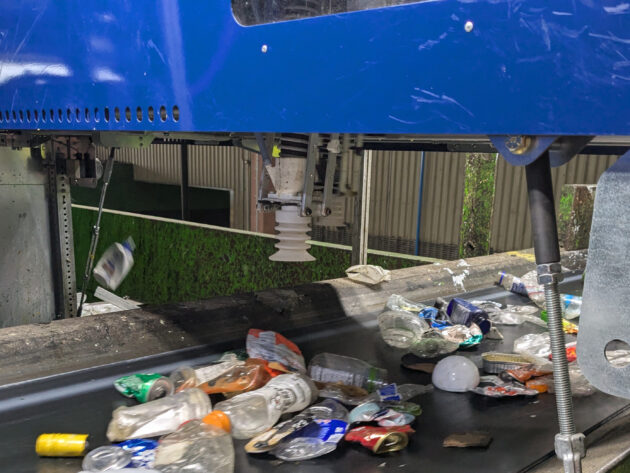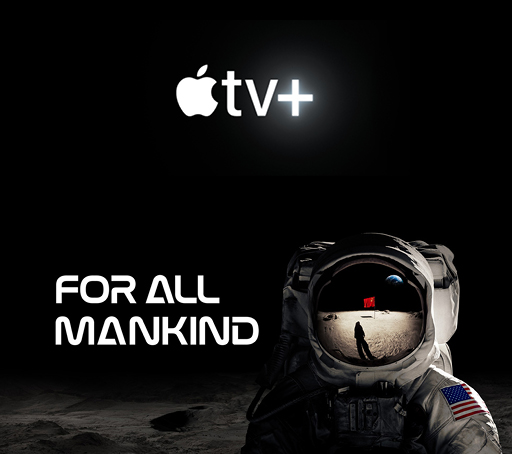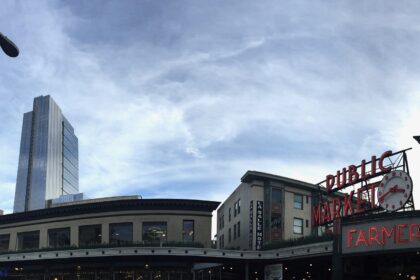Entering Recology’s recycling facility in South Seattle stuns your senses. The din from heavy machinery is continuous. While recycled goods are meant to be clean from food waste, your nose quickly knows that’s not happening. Crisscrossing the massive space is a highway of conveyor belts snaking in and out of devices that grind, toss and sort the plastic from paper from glass from cans.
Standing over the conveyor belts are dozens of workers scanning and sorting the items into their correct categories so they can become feed stock for new goods and packaging.
The work is physically hard and mentally exhausting — but not if you’re a robot endowed with artificial intelligence.
Over the past six months, robotics startup Glacier has installed four recycling robots with AI vision at the Seattle location, and has plans to add two more soon.
“We’re able to put these robots in places where it’s harder to put people,” said Sal Coniglio, Recology’s CEO, at a recent event at the site. The robots, he added, have enabled the company “to be more effective, be safe, and help us reduce our impact to the climate.”
A robot works alongside humans, using AI to scan the conveyor belts as recyclables flow past. When it spots a target material, it pounces with an extendable arm that ends in a cup, using a vacuum to grab the bottle or can, then releasing it into an adjacent bin with matching items.
Conigilio and Glacier’s co-founders welcomed visitors last week to Recology’s material recovery facility (MRF) to show off the Glacier robots and announce new funding for the startup.
San Francisco-based Glacier on Tuesday shared news of a $16 million Series A round. The funding was led by Ecosystem Integrity Fund, with participation from existing backers including the Amazon Climate Pledge Fund, and other new investors.
“We live in an incredible era where the technology to supercharge recycling already exists,” said Glacier co-founder Rebecca Hu-Thrams. “And Glacier and Recology are proving out the full potential of it.”
300 tons per day
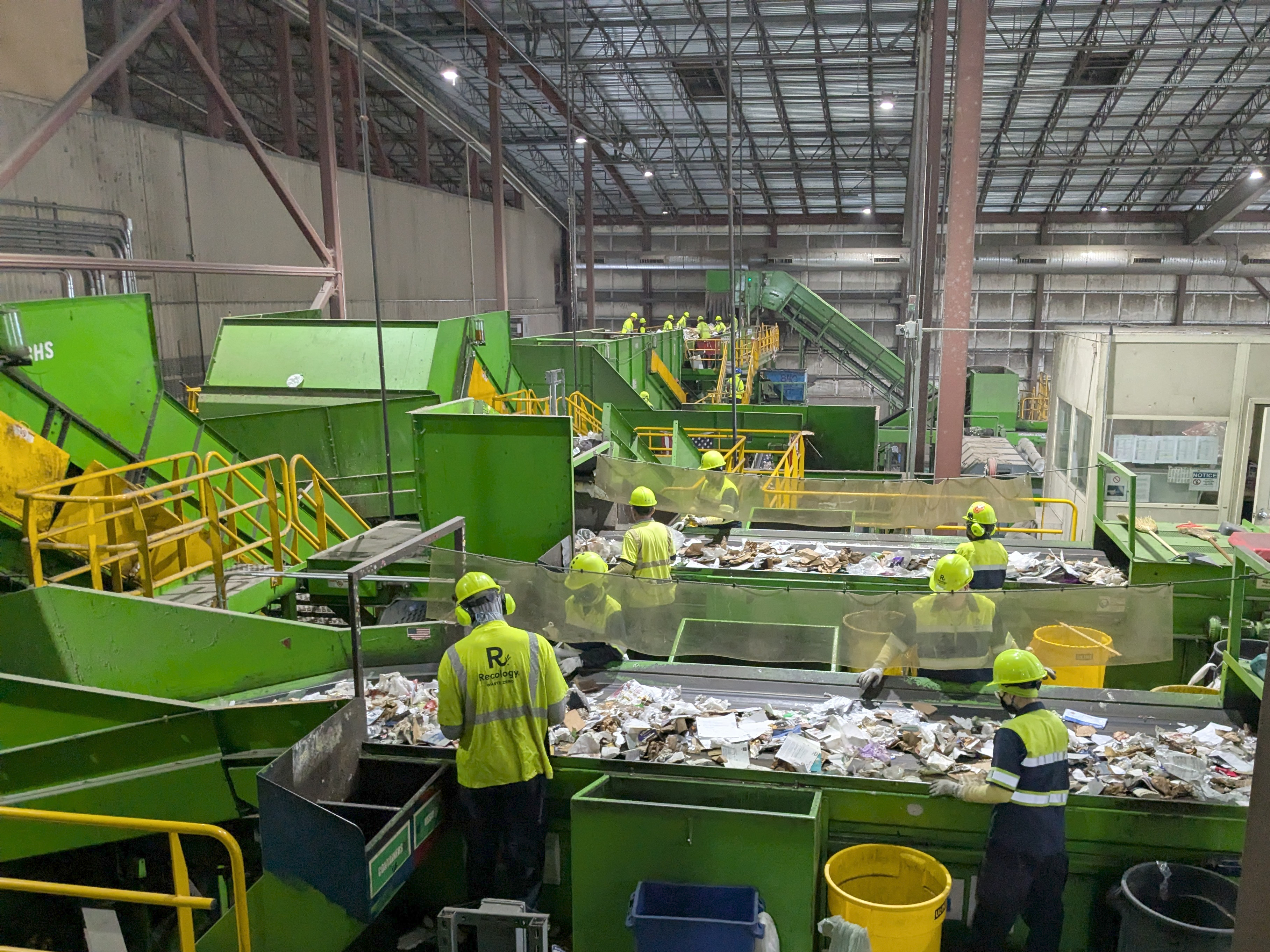
At the Seattle Recology site, trucks deliver roughly 300 tons of mixed recyclables from the region throughout the day. At the MRF (pronounced “merf”) the mixed materials wend their way through the facility as workers and machines separate the recyclables.
Two of the robots at the Seattle site straddle a conveyor belt, scanning for high-density polyethylene, better known as HDPE or No. 2 plastics. One robot looks for colored HDPE that’s used for items like shampoo or laundry detergent bottles, while the other searches for light-colored plastics such as milk jugs.
To help design the devices, Glacier co-founder Areeb Malik, a former senior software engineer for Facebook, worked the conveyor line to better understand the challenges. Watching the process in action on a recent tour, he shared his respect for employees doing the sorting.
“It’s a really impressive job,” he said. The robots, he added, can roughly match the performance of the human workers, and can capture about 80-90% of the target plastics as they flow by.
In a second location, two robots survey the end of the line, one grabbing bottles and the other cans that were previously missed.
Glacier’s robots have been trained with billions of photos to recognize more than 30 different kinds of materials, and the startup is developing technology for recycling plant-based plastics, such as biopolyesters.
Amazon is a fan of the eco-friendly biopolyesters, and spearheading an effort to shift food packaging from fossil fuel-based plastics to biopolyesters for use by Amazon Fresh, Whole Foods and any other company looking to go green. Glacier is installing one of its robots at Amazon’s nearby Seattle sustainability lab for testing with the new material.
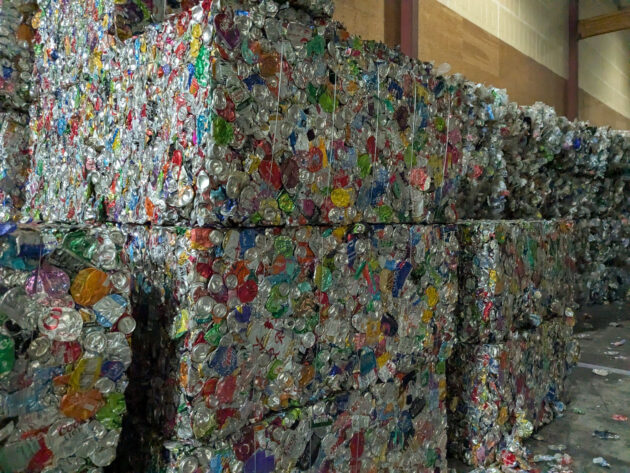
Skipping the landfill
There are mounting efforts to cut waste and improve recycling rates in order to curb carbon emissions and boost sustainability. Washington state lawmakers recently passed legislation to support that effort, while California, Colorado, Maine, Minnesota and Oregon have already approved similar bills.
Senate Bill 5284, which awaits a signature by Gov. Bob Ferguson, has multiple provisions:
The measure requires consumer product brands to help pay for recycling programs, and creates statewide lists to standardize recycling practices and reduce confusion. SB 5284 also aims to:
- increase the percentage of households with curbside recycling from 83% to more than 95%
- increase the annual volume that’s recycled from 325 pounds per year per household to 525 pounds
- shrink the carbon impacts from waste from 1.4 million metric tons of CO2 saved by recycling to nearly 2 million metric tons
Glacier has AI robots deployed in four additional states: California, Michigan, Arizona and Illinois. Its vision technology without the robots is operating in Indiana, New Jersey, Minnesota and Texas. The startup has raised a total of $29 million and has 35 employees.
Coniglio of Recology is excited about the company’s potential to continue integrating with his operations.
“Our philosophy is, if something is thrown away, it doesn’t just go to the landfill,” he said. “We have to find a way to recover those resources and reutilize them, and we’re doing that here with Glacier. It’s just incredible what we’re able to do, to divert more waste and utilize that technology.”
Keep scrolling for more photos from Recology’s material recovery facility in Seattle.
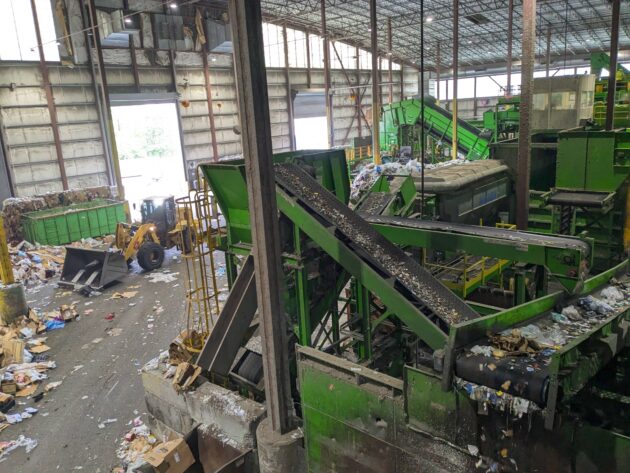
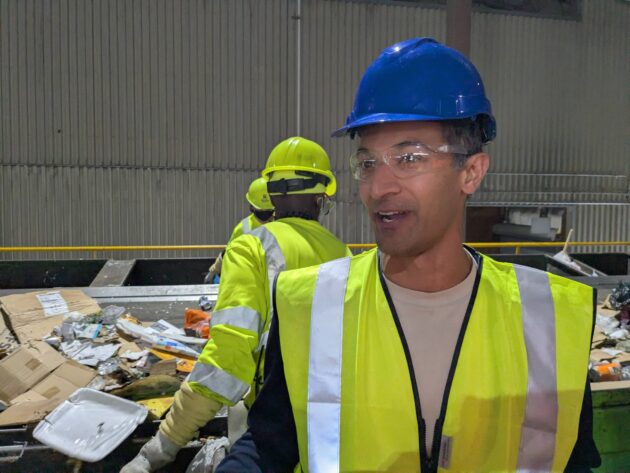
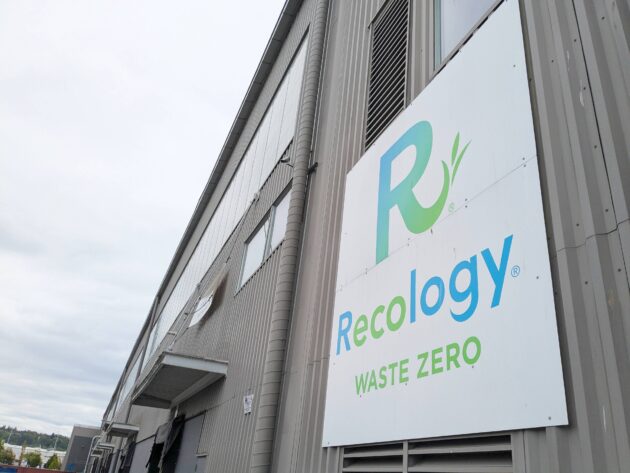
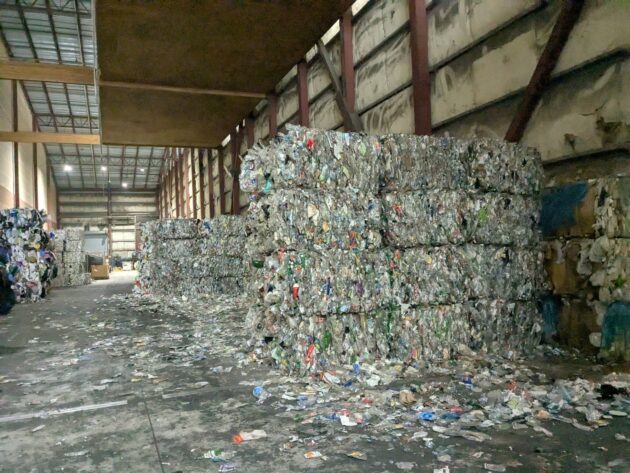
Read the full article here



